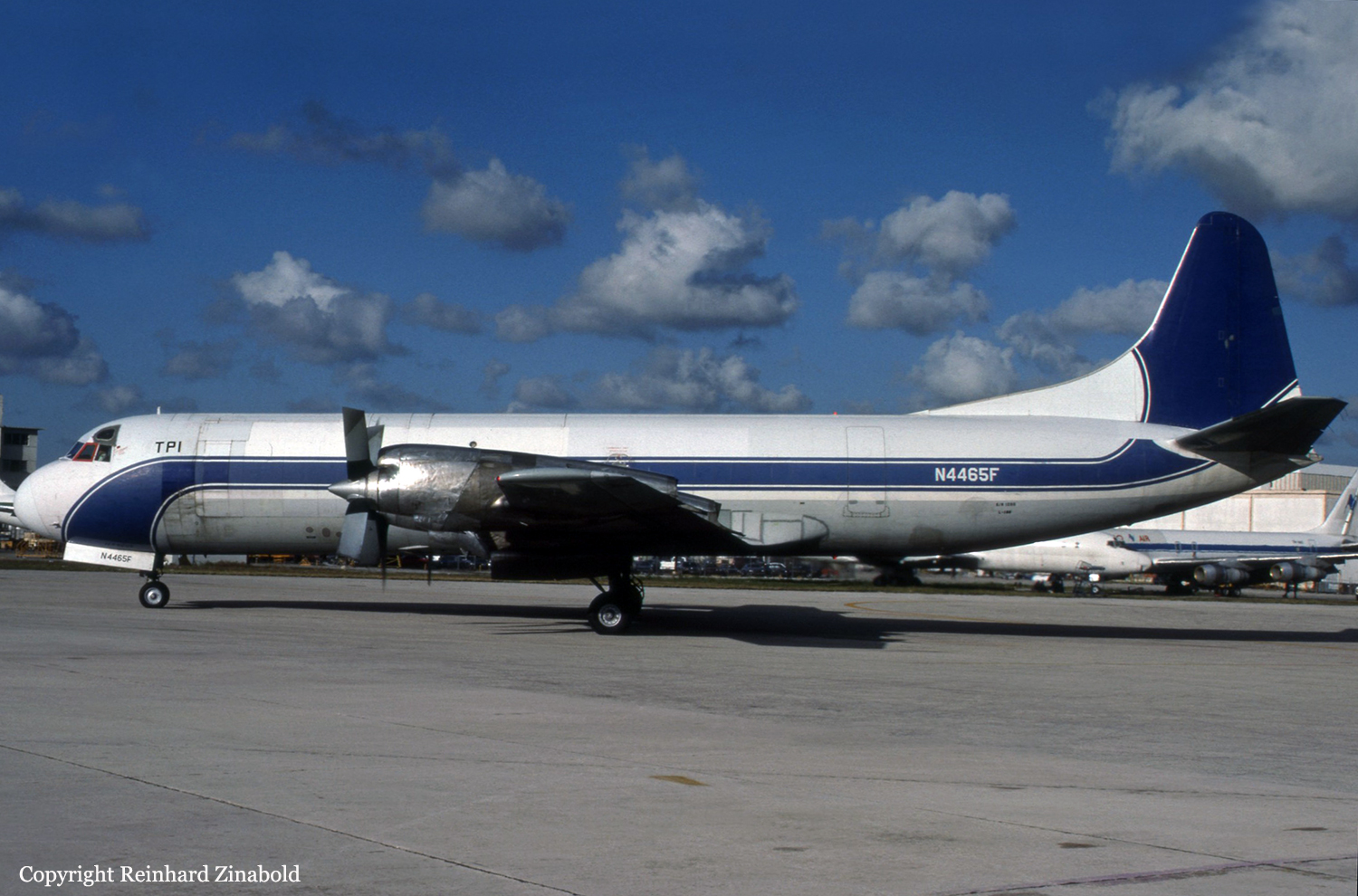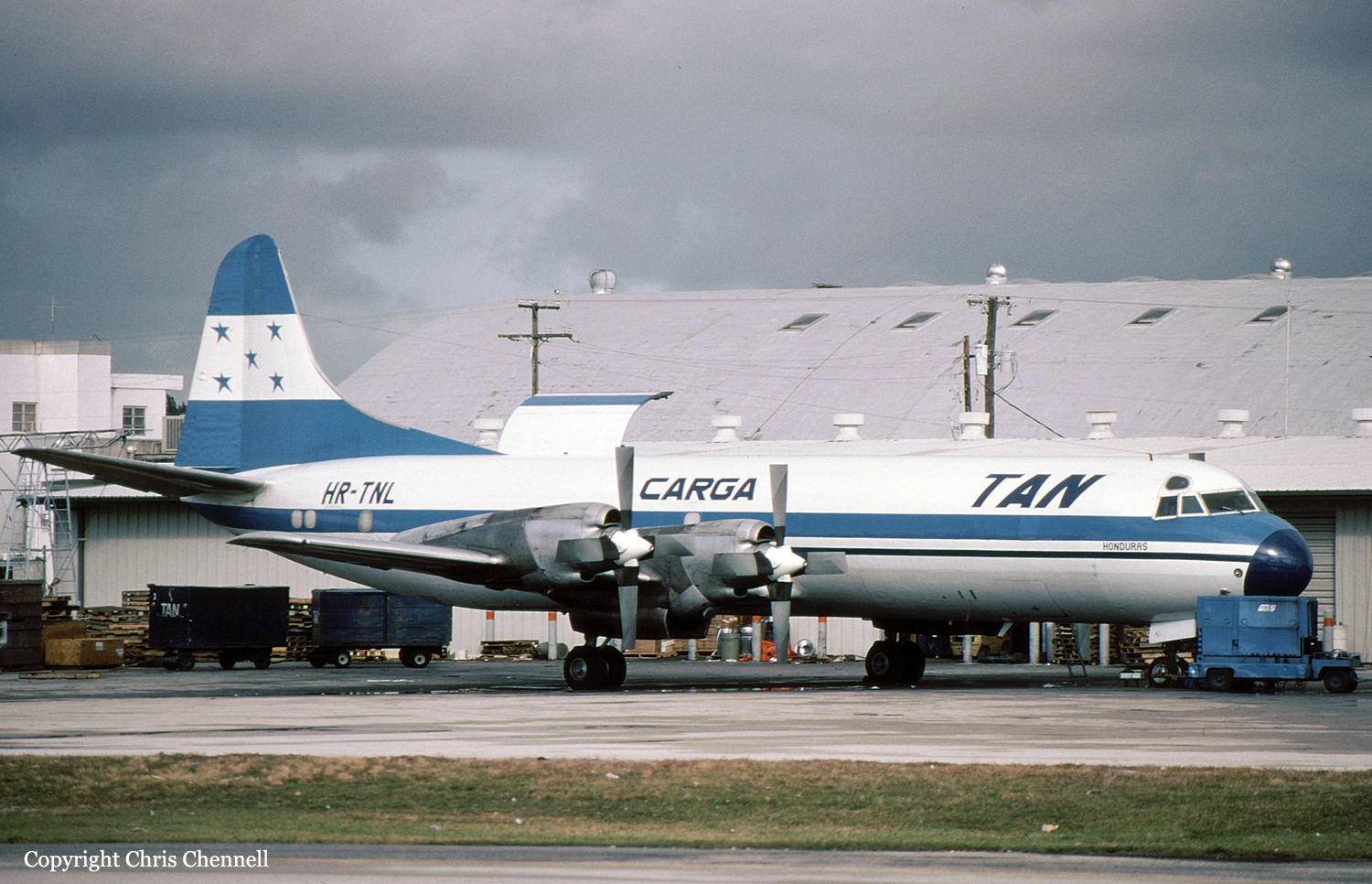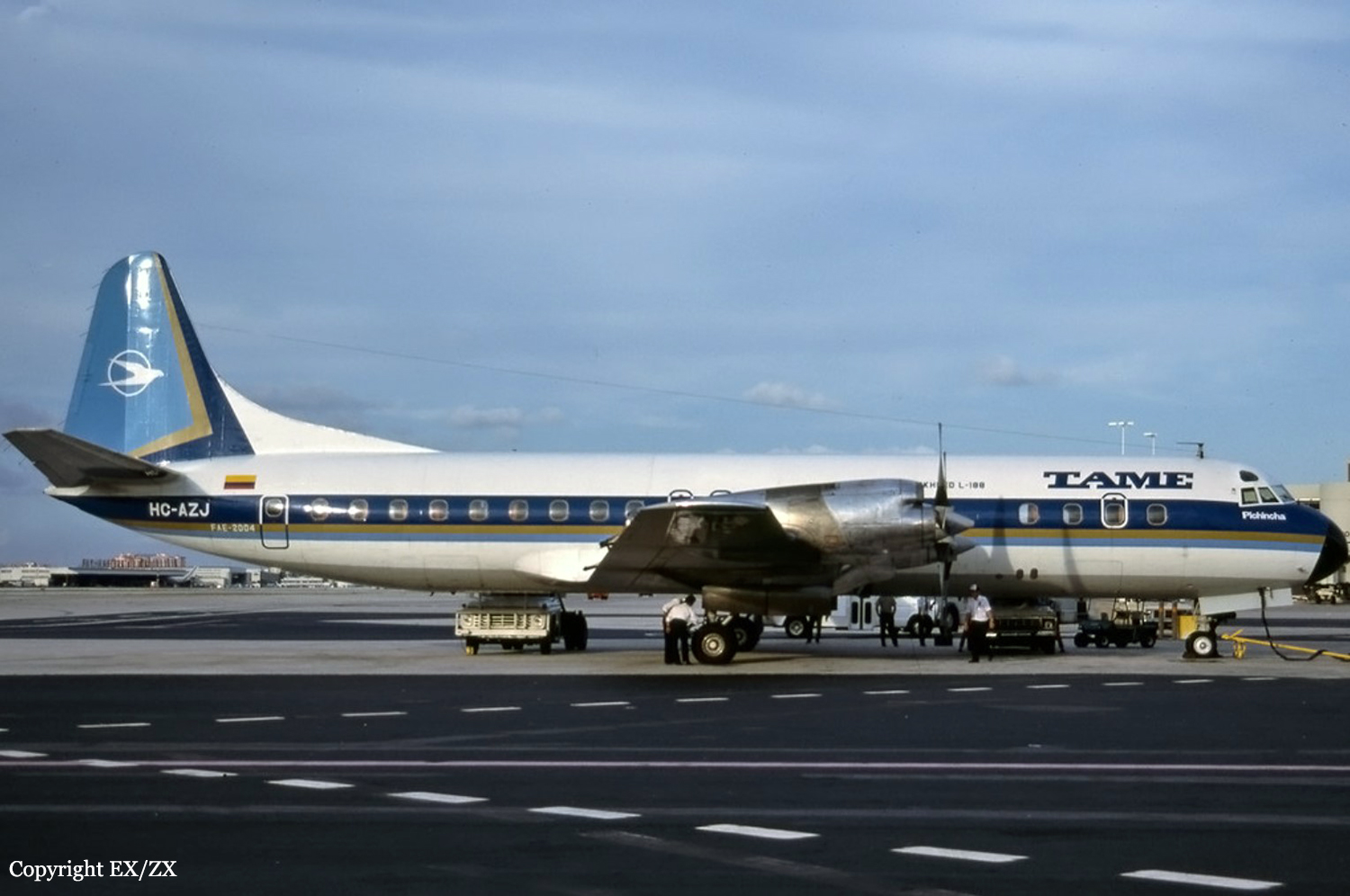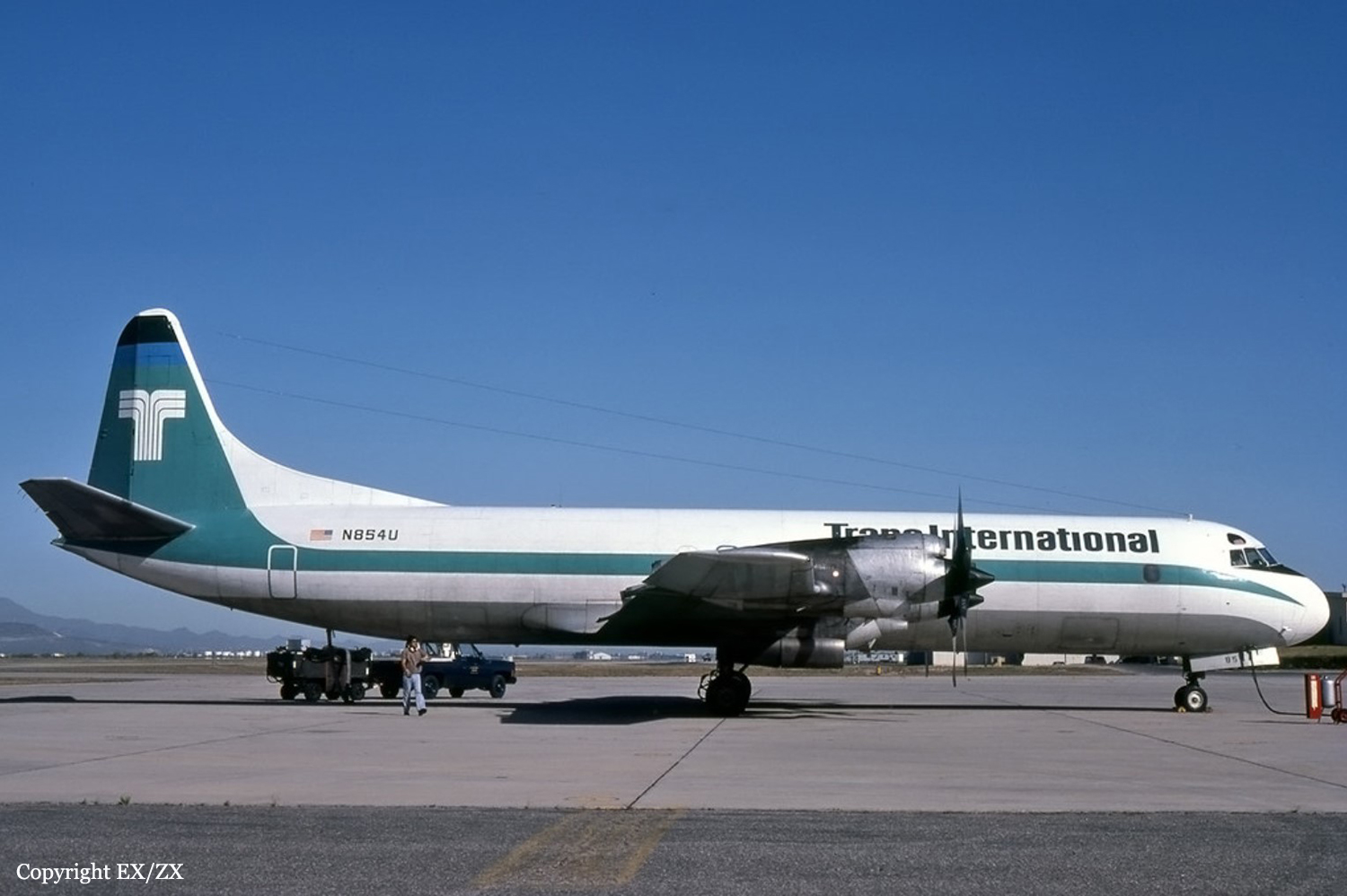Crash of a Lockheed L-188A Electra in Kinshasa
Date & Time:
Mar 13, 1995
Registration:
9Q-CDG
Survivors:
Yes
Schedule:
Matadi - Kinshasa
MSN:
1119
YOM:
1960
Crew on board:
0
Crew fatalities:
Pax on board:
0
Pax fatalities:
Other fatalities:
Total fatalities:
0
Circumstances:
On final approach to Kinshasa-N'Djili Airport, the four engine aircraft was too low and descending at an insufficient speed when it collided with power cables, stalled and crashed in an open field. All occupants were rescued while the aircraft was destroyed.










